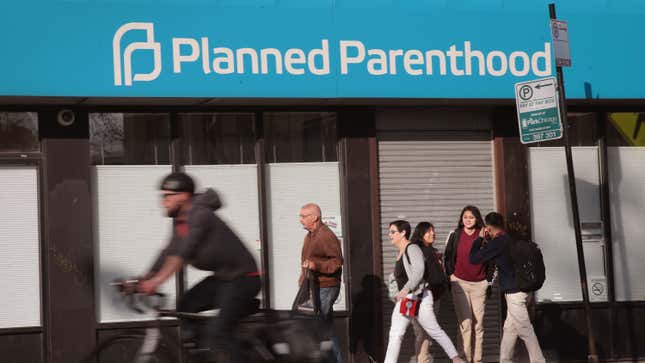

Opening a new abortion clinic involves first jumping through a series of hoops, especially in Republican-controlled states where legislators and state officials have made it increasingly difficult to be a provider. From abortion restrictions that make running a clinic more and more expensive, the prospect of protesters, and administrative hurdles that make getting a license difficult, many abortion providers are finding that building a new facility is, for all intents and purposes, out of reach.
The lengths that Planned Parenthood was forced to go to open a new clinic in southern Illinois is instructive. As CBS News reported, despite being in a state that has recently liberalized its abortion laws, the organization was still compelled to operate in secret in order to construct their new facility:
-

-

-

-

-

-

-

-

-

-

-

-

-

-

-

-

-

-

-

-

-

-

-

-

-

-

-

-

-

-

-

-

-

-

-

-

-

-

-

-








































